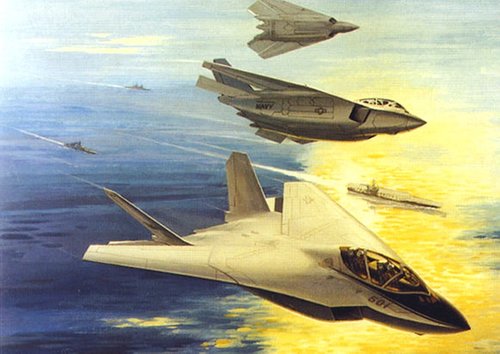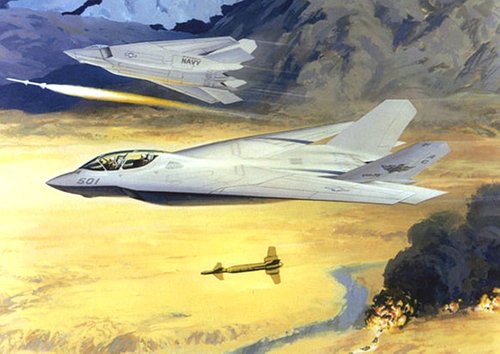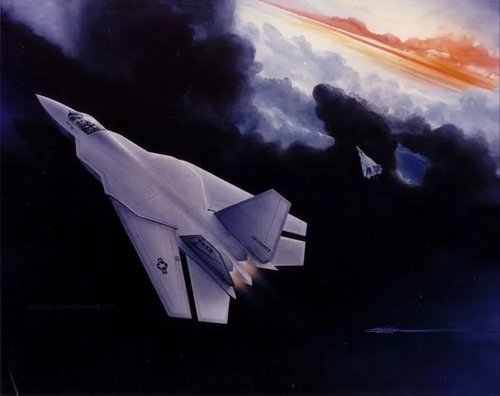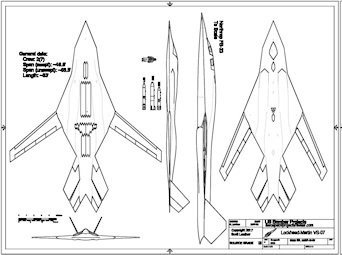jsport
what do you know about surfing Major? you're from-
- Joined
- 27 July 2011
- Messages
- 7,742
- Reaction score
- 5,767
The General Dynmaics F-111 is an example of proper design and there should have been the large FB-111 in the first place. Now LM and Boeing should compete as NG is best for BWB while a swing wing combine cycle is needed.You know Rockwell equals North American Aviation, right? Not an organisation exactly unfamiliar with jet bombers and fighters.This conclusion would hint that Rockwell should never have been in the jet bomber business (an explaination of why they are not now) and the B-1 and its derivatives maybe should not ever been in service. Too many compromises like the Space Shuttle. Design by bad budgets and committees.With regards to the B1b speed limitation I understand the following;-
The intake spill vents are oriented such that they vented across the wing lower surface. Therefore in the event of a supersonic engine unstart (surge) the aircraft would yaw, due to the asymmetric loss of thrust, and roll into the yaw due to a loss of lift as a result the excess air venting from the spill doors impinging on lower wing surface. The aircraft was judged to be unrecoverable above approx 1.2 Mach and the probability of a supersonic unstart was unacceptable to the safety case.
This information came from a very nervous FAA test pilot who had to demonstrate supersonic unstarts as part of Concorde certification. Concorde’s intake spill vents operate downward, thus hence no loss of lift meaning supersonic unstarts were completely benign(safe) during any part of its flight envelope.
The technical lead for Concorde intake design, Dr Talbot, participated in consultancy to Rockwell in the mid/late seventies, where he was told the B1a’s total flight test time at 2.0 Mach was less than ten hours due the above concerns.
Indeed apart from Convair (which became General Dynamics) no one else in US had even remotely the same pre-existing experience with supersonic bombers (for example Boeing certainly didn’t).
Last edited:









